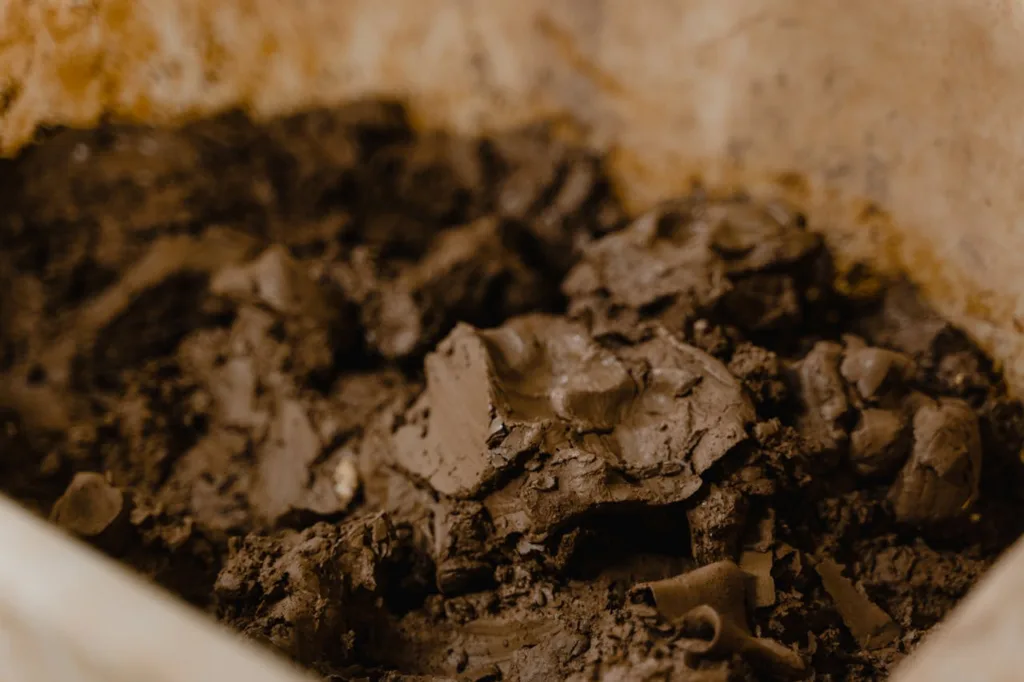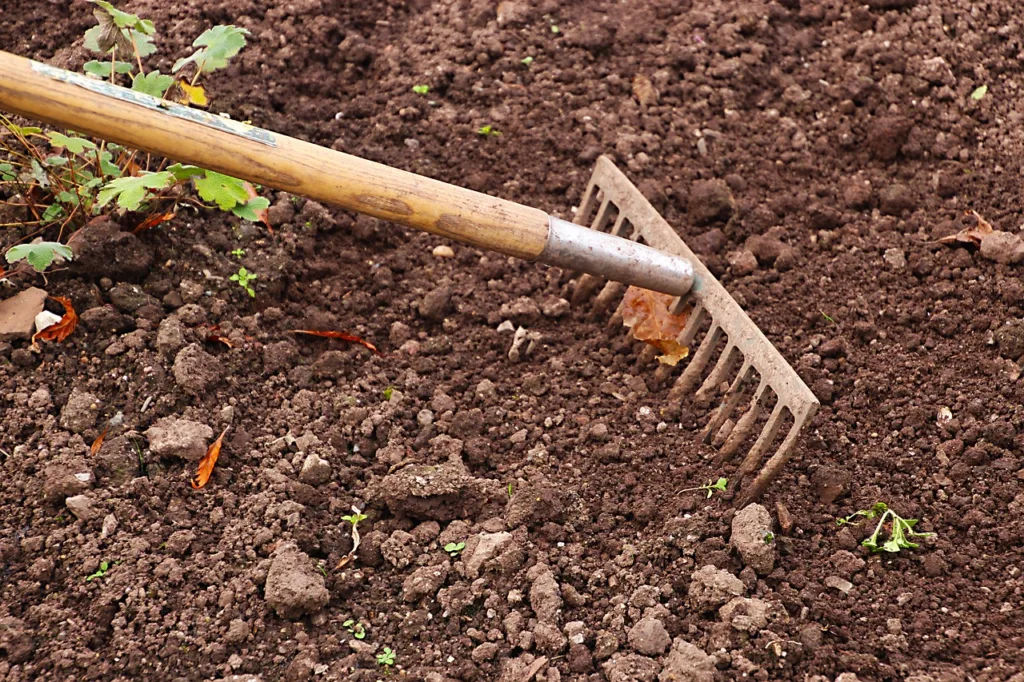Clay soil is a common soil type that many gardeners and homeowners struggle with due to its dense, heavy nature.
While clay soil has its challenges, it is possible to improve and amend it to create a more hospitable environment for plants to thrive.
In this article, we will explore various methods to enhance clay soil, the role of organic matter, the disadvantages of clay soil, and strategies for long-term soil improvement.
More on Organic Matter
Organic matter plays a crucial role in improving clay soil. By adding organic materials such as compost, manure, or leaf mold, you can increase the soil’s ability to retain moisture, improve drainage, and enhance nutrient availability.
Organic matter also helps break up compacted clay particles, making the soil more friable and easier for plant roots to penetrate.

The Disadvantages of Clay Soil
Clay soil has several drawbacks that can hinder plant growth. Its high density and poor drainage can lead to waterlogging, which deprives plant roots of oxygen and promotes root rot.
Additionally, clay soil tends to compact easily, limiting root development and nutrient uptake. These factors can result in stunted growth, nutrient deficiencies, and overall poor plant health.
Improving Clay Soil
There are several strategies you can employ to improve clay soil:
Adding Organic Matter: Incorporating organic materials into clay soil is one of the most effective ways to enhance its structure and fertility. Regular applications of compost or well-rotted manure can gradually transform clay soil into a more loamy and nutrient-rich medium.
Mulching: Applying a layer of organic mulch, such as wood chips or straw, on the soil surface can help regulate soil temperature, retain moisture, and prevent compaction. As the mulch breaks down, it adds organic matter to the soil, further improving its quality.
Avoiding Compaction: Minimize foot traffic or heavy machinery on clay soil, as compaction exacerbates its dense nature. Consider using raised beds or pathways to prevent soil compaction in garden areas.
Soil Aeration: Aerating clay soil by loosening it with a garden fork or mechanical aerator can improve drainage and root penetration. Aeration allows air and water to reach plant roots more easily, promoting healthier growth.
Amending Clay Soil Over Time
Improving clay soil is a gradual process that requires patience and consistent effort. It is essential to monitor soil moisture, nutrient levels, and plant health regularly to gauge the effectiveness of your soil amendment practices.
Over time, as organic matter accumulates and soil structure improves, you will notice a significant difference in the health and productivity of your plants.

FAQs
What is the best way to amend clay soil?
- The best way to amend clay soil is by adding organic matter, such as compost or well-rotted manure. This improves drainage, aeration, and nutrient content. Incorporate the organic matter into the soil to break up clay particles.
How do you improve soil that has a lot of clay?
- To improve soil with a high clay content:
- Add organic amendments like compost.
- Use cover crops to enhance soil structure.
- Employ green manure crops.
- Mulch the soil to reduce compaction and erosion.
What is the best product to improve clay soil?
- Compost is one of the best products to improve clay soil. It adds organic matter, improves drainage, and enhances soil structure. Gypsum can also help break up clay particles, improving aeration.
What is the best fertilizer for clay soil?
- A balanced, slow-release fertilizer is suitable for clay soil. Choose one with a nitrogen-phosphorus-potassium (N-P-K) ratio appropriate for your plants. Organic fertilizers, such as well-rotted manure, can also benefit clay soil by adding nutrients and organic matter.

